Lasagna is a dish made of different layers of lasagna noodles with meat, sauce, and cheese in-between. The word lasagna is used to describe a pot or pan of lasagna. However, the pasta itself is sometimes called lasagna. Different lasagna recipes have evolved that give a twist to the typical lasagna dish that is dated back to the early thirteenth century. Some of these twists include adding cream, vegetables, and many others.
One main ingredient of lasagna that has and I don’t think will change is the noodles. They are unique flat noodles that give the dish its layers. Some recipes bake their lasagna recipe with pre-cooked or cooked noodles, while some use uncooked noodles. From my experience of trying recipes cooked and raw, I’d tell you that there is more chance of getting an Overcooked and runny lasagna when you pre-cook the noodles. So, when baking lasagna with uncooked noodles, how long should you bake it at 350?
How Long To Bake Lasagna At 350 With Uncooked Noodles
Baking lasagna noodles with uncooked noodles may be the best way to get the perfect lasagna dish. The extra starchiness will help hold the lasagna layers together by providing it with an adhesive surface. As long as you cook it at the right time, you never go wrong with uncooked noodles.
After making the desired number of layers of uncooked noodles, meat, sauce of choice, seasoning, and adding a generous amount of cheese, bake in the oven for 40-60 minutes at 350. After 40 minutes, using a toothpick, push it down the middle of the lasagna. If it goes in smoothly without any hindrance, you can bring it out, and your lasagna is done.
Pros and Cons Of Using No-boil Lasagna Noodles
Preparing the perfect lasagna is a labor of love made from the delicious mouthwatering sauce, well-seasoned meats, and layering of noodles and cheese altogether. To save time, many chefs and nonchefs alive make use of dried lasagna noodles. They are made to replace hand-rolled dough sheets. However, these dried sheets also need to be boiled to prevent sticking, which can be more time-consuming.
1. It saves time and energy
Using no-boil noodles saves you more coming time and energy. When using traditional noodles, you will need more energy to knit the dough and make your noodles, but all this time energy is cut off with a ready to bake lasagna noodles
2. It takes the guesswork out of making-lasagna
A perfect lasagna is soft on the inside with a crunchy edge. When you boil noodles before baking, it may lead to complications. You may overcook them from the boiling stage, which will mess with the desired texture of the whole dish. Using a no–boil noodle, you automatically skip that stage and have more likely had lasagna with the right consistency. You won’t have to worry about whether the noodles are overcooked.
3. They are easy and consistent lasagna solution
A lot of Nonna’s use no-boil noodles because it has been used, and they appreciate the consistency. However, it is essential always to check your oven to ensure you are baking at the right temperature and time.
Using no-boil noodles will give your lasagna a nice texture as long as you don’t overcook the dish.
4. They are high-quality noodles
No-boil noodles are made from quality raw materials, so you have no worries whatsoever. They are as healthy as traditional homemade dough. Ensure you cook them at the right temperature and for a suitable duration.
5. Lack of surface starch
There is a low starch content in the no-boil noodles. It causes some structural issues to your dish. The traditional boiled noodles are starchy, which helps to adhere the sauce and cheese together.
Because the no-boil noodles are parboiled, they’ve lost that starch residue on their surface. After cooking, your lasagna may become runny and out of shape.
6. They are not as firm as traditional noodles
The texture of traditional noodles is much firmer than the no-boil ones, making them contract better with the cheese you are using. Sometimes no-boil lasagna tastes like cheese filling.
If your lasagna fillings are soft, you may want to layer them with former noodles like the traditional noodles to avoid a runny lasagna.
7. You are less likely to achieve the best lasagna
The best lasagna is made with fresh noodles. Making noodles can be a unifying experience for a loved one to treasure for a long time. If you don’t have enough time, it’s okay to use the no-boil noodles.
However, if you are preparing this dish during the weekend or on holidays, you can involve the kids or your husband to make the process less stressful and more enjoyable.
No-boil noodles are not the noodles to get an all-time best lasagna, but it is a friendly alternative if you do not have it on your side or you don’t have much energy to make the traditional noodles yourself.
What Are The Types of Lasagna?
The famous and everyone’s favorite baked pasta dish can only be limited by your imagination. The three main ingredients in lasagna are meat, cheese, and noodles. However, some people argue that sauce is also the main ingredient, but you can have an excellent, yummy lasagna without any sauce.
The type of lasagna varies based on the type or combination of meat, cheese, sauce, and other additives like vegetables or fruits. There are numerous types of lasagna, but let’s look at our four most popular variations.
1. Meat Lasagna
Meat lasagna is a protein-dense lasagna made with a generous amount of meat, sausage (Italian preferably), cheese (cottage and mozzarella), and whole eggs. Other ingredients include classic Italian seasoning, tomato sauce, and lasagna noodles.
Meat lasagna is filling and delicious, especially when you combine two different types of meat and season well.
2. Cheese Lasagna
Cheese lasagna is meatless but satisfies you equally as the meat lasagna. Using five different kinds of cheese ( Mascarpone, Ricotta, Mozzarella, Parmigiano-Reggiano, and Provolone), you’ll get a rich, hearty cheese lasagna dish.
To spice and season the dish, add some basil leaves, garlic, onion, thyme, and oregano to taste an extra subtle flavor to your cheese.
3. Vegetable Lasagna
A vegetable lasagna, just as the name implies, contains more vegetables than other ingredients. It is mainly made of vegetables like eggplant, a small amount of cheese (mozzarella and ricotta), vinegar, olive oil, sauce, lasagna noodles, and appropriate seasoning.
4. Dessert Lasagna
Dessert lasagna is a rich and filling type of lasagna mainly served in small portion squared sizes with a drizzle of dark chocolate. You will blend Ricotta cheese, cocoa, and eggs and drop some chocolate chips and orange zest into the mixture, and stir. Spread this mixture at the bottom of your pan or casserole dish and layer other lasagna Ingredients.
Spread the mixture after every layer. At the top layer, sprinkle nuts and pistachios for color and flavor. Bake for 35-40 minutes and serve with decorated white chocolate on top for a stunning and rich presentation.
What Are The Essential Ingredients of A Typical Lasagna?
Over the years, lasagna has been a globally accepted dish. However, some people add a bit of their cultural or regional twist and touch. But there are some essential ingredients that every lasagna has, irrespective of the twist that may be added. These basic ingredients include;
1. Meat
Could there be lasagna without meat? I bet not. Every lasagna is made with different layers of sauteed, and we’ll seasoned beef and Italian sausage.
However, you can always substitute the meat with chicken or pork, depending on your choice. For more flavors, you can mix two or more types of meat.
2. Sauce
This rich tomato sauce covers different layers of lasagna noodles. You can add pepper to the sauce depending on your spice level tolerance.
3. Lasagna noodles/sheet
The only flat noodles known are lasagna noodles. They are layered inside the dish and covered with different cheese mixtures.
4. Cheese
Lasagna is covered with not just one type of cheese. For a cheesy dish like lasagna, it is layered with mozzarella, ricotta, and parmesan cheese.
5. Seasoning
Even without seeing the dish, the rich flavorful aroma of lasagna will tell you something is cooking up in the kitchen—seasoning like onion powder, garlic, oregano, cumin, and other aromatic herbs of choice.
What Are The Different Types of Pasta?
Looking at the pasta section in your supermarket, you’ll always see varieties of pasta shapes and colors which can be overwhelming. Pasta is one of the most popular food in the world that is versatile and can be served in different ways.
A pack of pasta in your cabinet can be a basis for making a wide range of easy-to-go meals. In many convenient stores and supermarkets, you can either get Dry, Fresh, or Frozen pasta. The type of pasta you buy may determine the kind of meal you will prepare. Some of the most popular types of pasta include
1. Long Pasta
Just as the name implies, long pasta is thin, and some not-so-thin pasta. Cooking pasta requires sauce with an oil base like olive oil because they can easily stick together. The oil in the sauce helps coat the long Pasta without drowning it completely. Examples of long thin pasta include spaghetti and linguine, while thick-strand pasta includes fettuccine and tagliatelle.
When adding vegetables and herbs for long pasta, cut them in string-like shapes popularly called “julienne” or “match stick” instead of cube shapes. The string-like cutting will help blend the spaghetti and vegetables.
2. Short Tubular Pasta
Short tubular pasta includes rigatoni, penne, and cavatappi, which are the best pair for thick and chunky sauce. While rigatoni is too large for a simple sauce, tiny macaroni goes well with a simple sauce.
3. Flat Pasta
Flat pasta is mainly lasagna pasta. Some people make traditional pasta right in their kitchen. The no-boil noodles are primarily sold in convenience stores and supermarkets, and all you have to do is layer them into your casserole dish or baking pan with your lasagna sauce, meat, and cheese to bake a delicious dish.
4. Shaped Pasta
Shaped pasta includes fusilli and conchiglle (shell-shaped). It goes well with all types of sauce. If you want pasta with lumps of meat, sauce, and veget, then shaped pasta is your go-to pasta. The beef and sauce get caught up in the crevices and twists of the pasta. A spoonful of pasta will come with the added sauce, meat, and spaghetti.
One significant advantage of cooking pasta is there are no hard or fast rules. It only takes a few guidelines to match the type of pasta and your sauce, and you have a whole meal of pasta eating for you to dive in.
Conclusion
Baking your lasagna dish with uncooked noodles at the right time and temperature will give you a perfect lasagna dish. At 350, using uncooked noodles, it takes 40-60 minutes for your lasagna to cook just right. In-between cooking (after 40 minutes), check if your lasagna is done using a toothpick.
If the toothpick goes in smoothly, then it is done. If otherwise, then you need to cook further. If you are using no-boil lasagna noodles, always check the instructions on the package label. Most labels state the right time for cooking when using noodles.


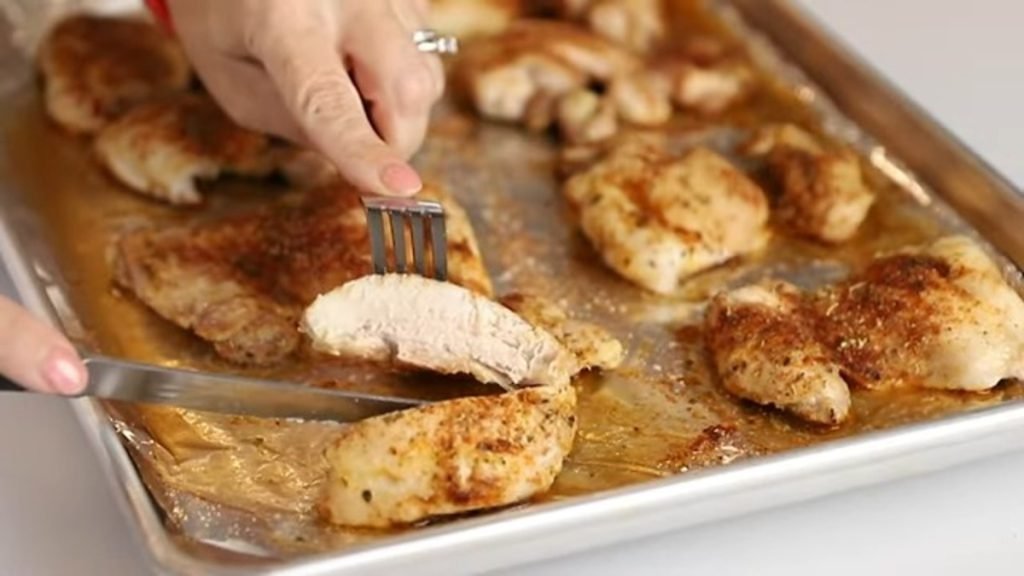


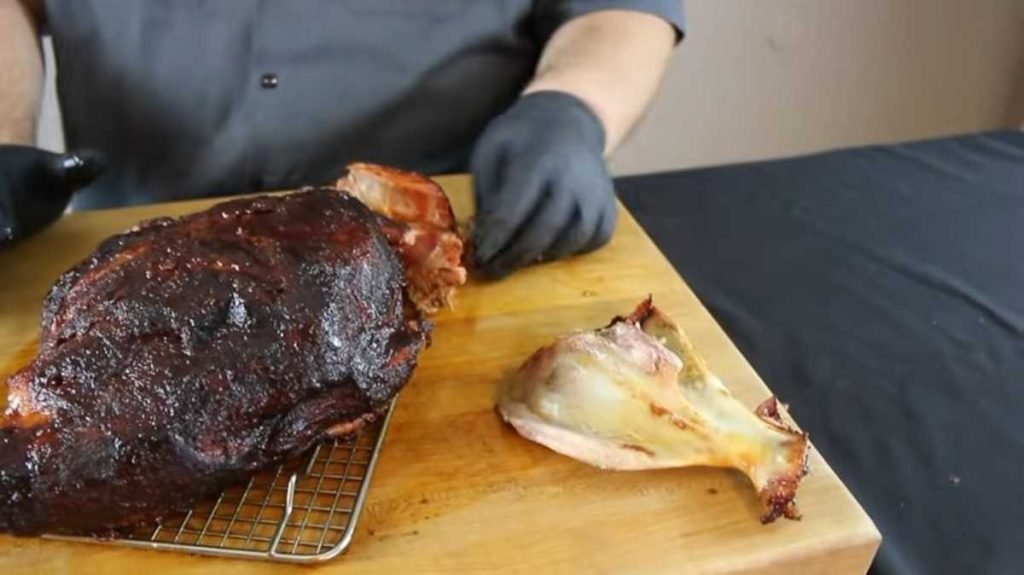



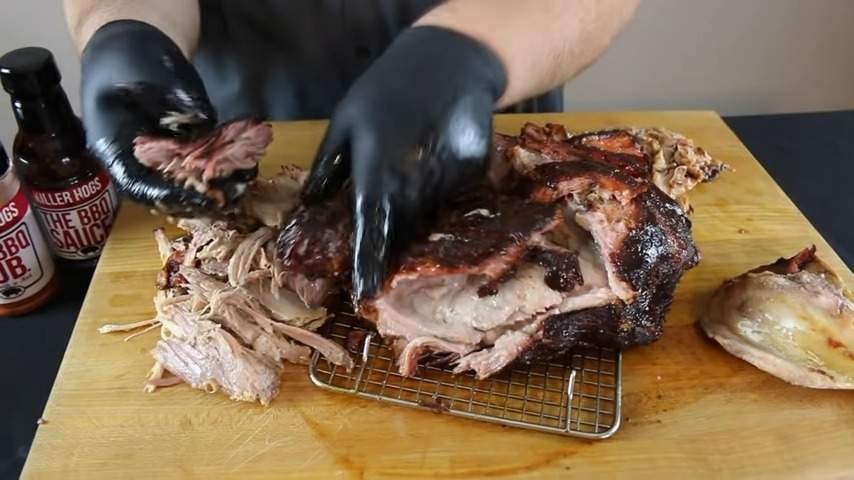
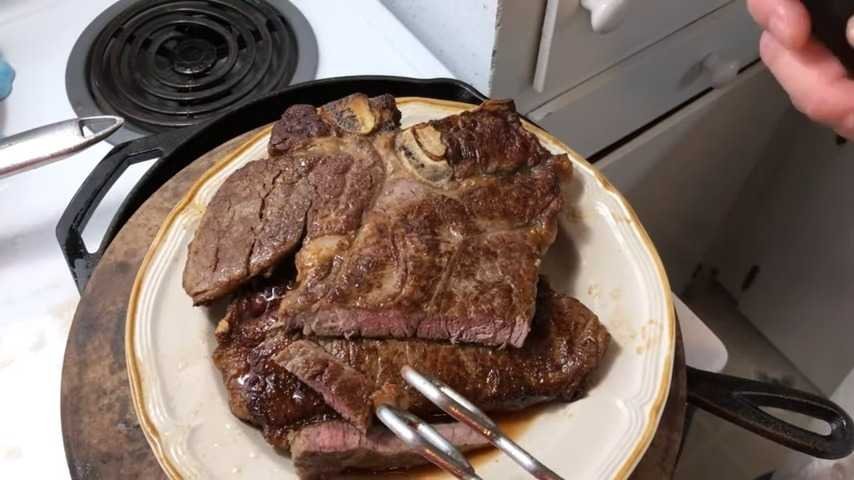
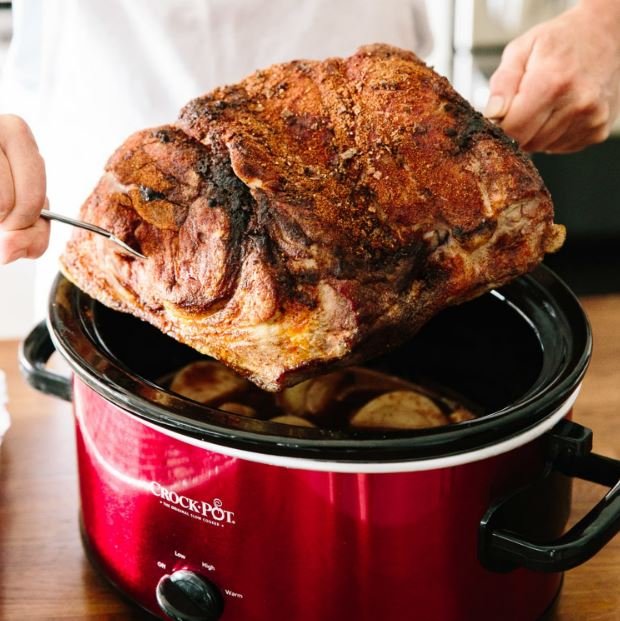
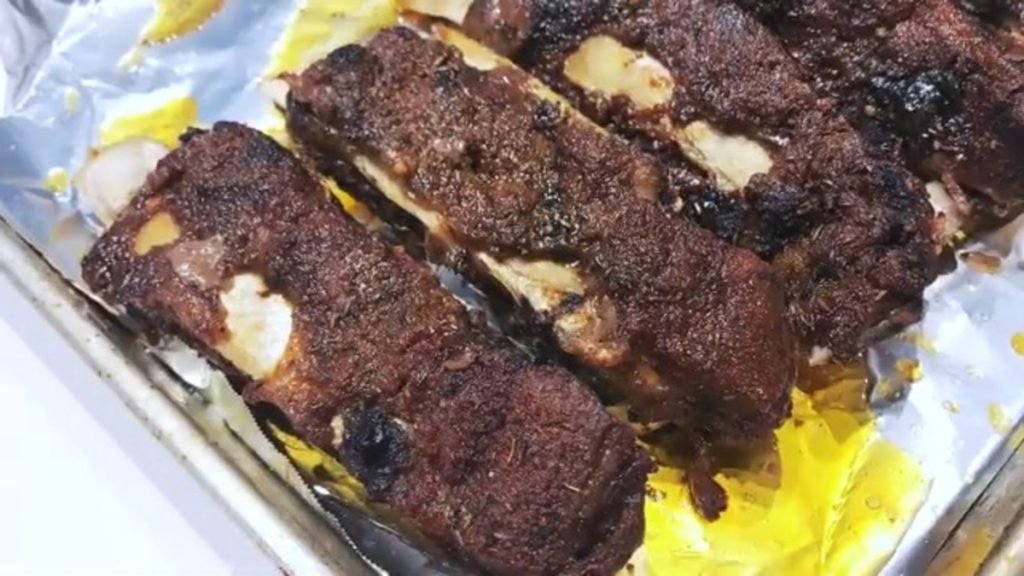
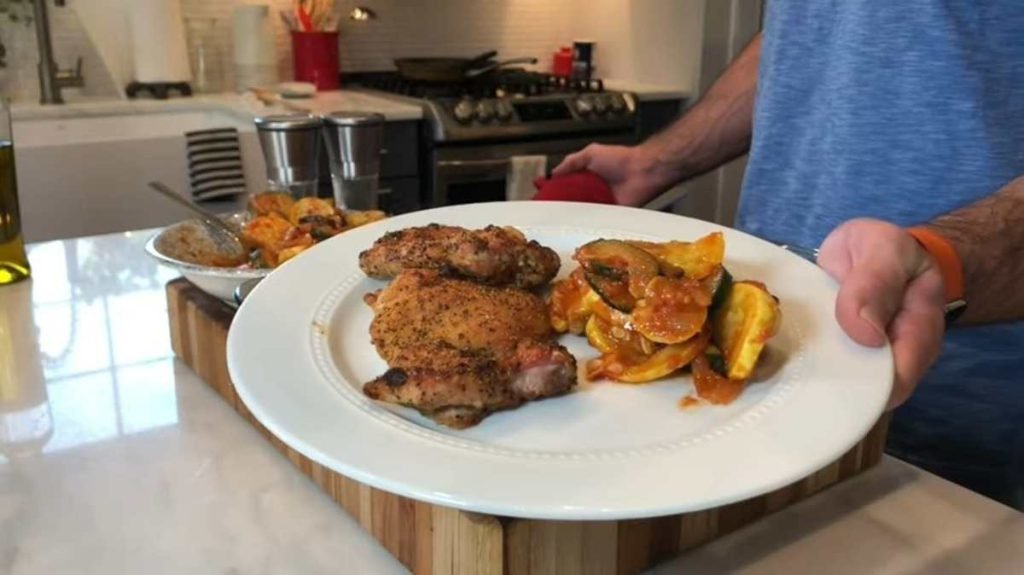
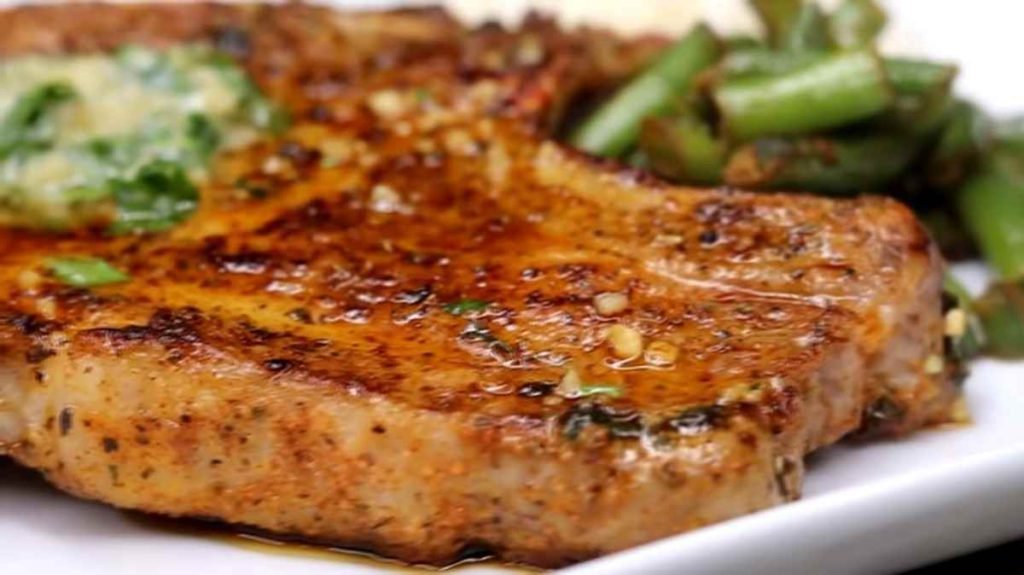
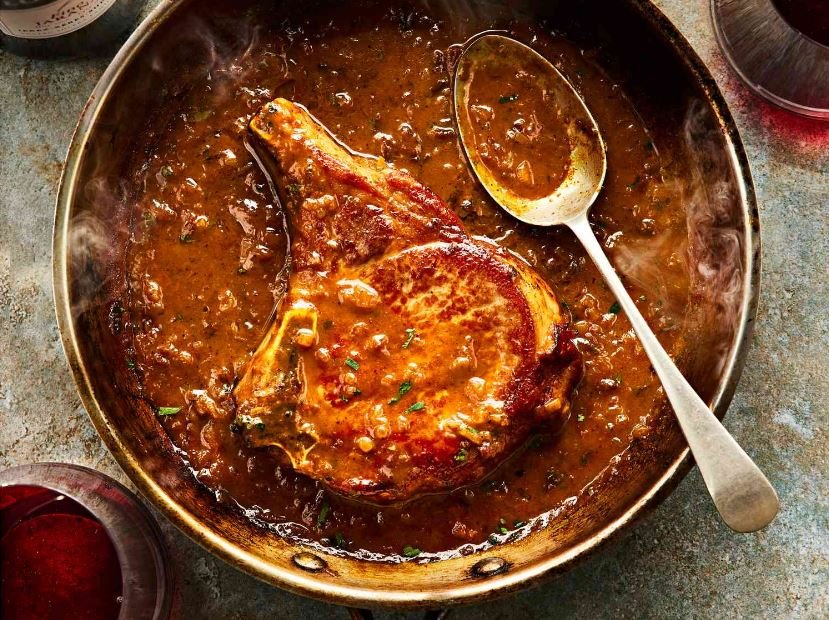
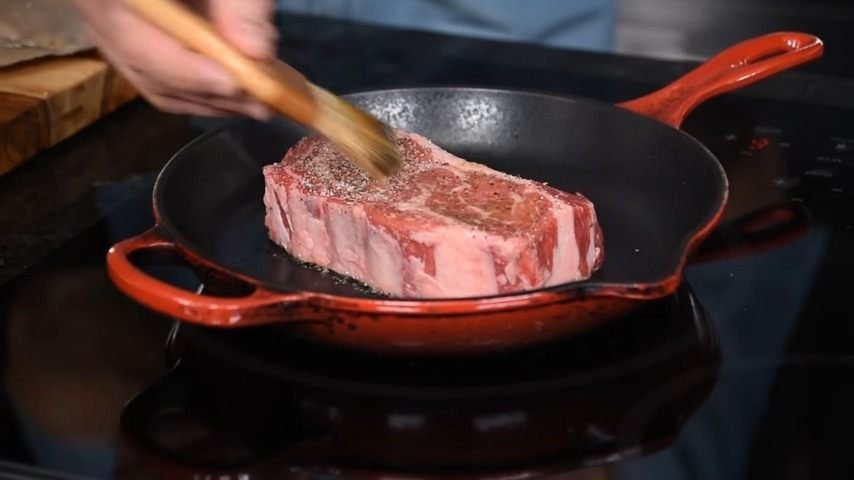


![How Long To Cook Short Ribs In Oven [FAQs and Tips]](https://shiftychevre.com/wp-content/uploads/2023/02/Oven-baked-beef-short-ribs-_-recipe-1024x575.jpg)